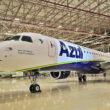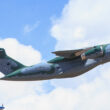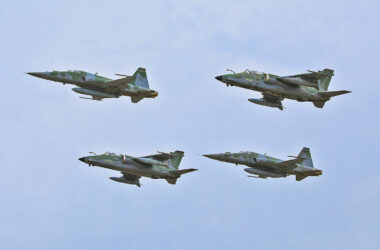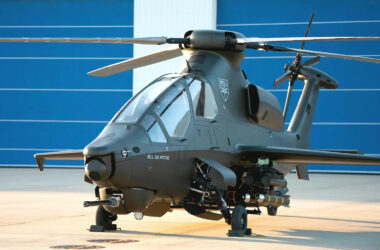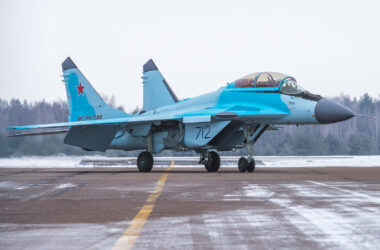Sierra Nevada Corporation (SNC) has been awarded a $13 billion contract by the U.S. Air Force (USAF) to develop the new “doomsday” plane, a replacement for the Boeing E-4B Nightwatch jets.
The aircraft’s mission is to be an aerial nuclear command and control platform capable of keeping the United States’ defense active in the event of a large-scale attack.
The Air Force is behind schedule with the SAOC (Survivability Airborne Operations Center) program as the E-4B fleet, based on the 747-200 airliner, ages and becomes outdated.
Follow Air Data News: WhatsApp | Google News | Instagram | LinkedIn | Twitter | Facebook
Now Sierra Nevada will have the challenge of building a replacement aerial platform that uses more modern, open and modular systems, but which will be based on second-hand commercial planes.

Although it is not implied, the company will use the Boeing 747 again, due to its greater internal space.
According to Aviation Week, Sierra Nevada plans to acquire eight to 10 aircraft cells to build the new “doomsday” planes, which are expected to feature aerial refueling receptacles and communications systems capable of avoiding electronic attacks.
More complex is incorporating the ability to survive radiation in a large-scale nuclear warfare environment.

Fixed price haunts project of the new “doomsday” plane
Sierra Nevada defeated Boeing, the overwhelming favorite to win the contract. But the manufacturer reportedly refused to accept a fixed-value contract after making losses supplying the KC-46A tankers.
Boeing is also struggling to convert two passenger 747-8s into new Air Force Ones, also for a fixed price.
The SAOC program should run until July 2036, but it is not clear when Sierra Nevada will deliver the first aircraft, but it is believed that this will occur in the early 2030s as the E-4Bs will be at the end of their useful life.
The E-4B serves as a National Airborne Operations Center (NAOC) and is designed to provide a mobile command post for the President of the United States, the Secretary of Defense, and other top government and military officials in the event of a national emergency, particularly during a nuclear conflict or other catastrophic situations.
Some key points about the E-4B:
Purpose: The primary mission of the E-4B is to ensure continuity of government and military command and control in times of crisis or national emergency. It is equipped with advanced communication systems and serves as a flying command center capable of coordinating military operations and strategic decision-making.
Modification: The E-4B is based on the Boeing 747-200 commercial airliner platform but has been extensively modified to fulfill its specialized role. These modifications include enhanced communication suites, secure data links, self-defense systems, and provisions for long-duration flight operations.
Communication Systems: The aircraft is equipped with advanced communication equipment, including secure and encrypted communication links that enable it to maintain contact with other elements of the national command authority, military units, and strategic assets worldwide.
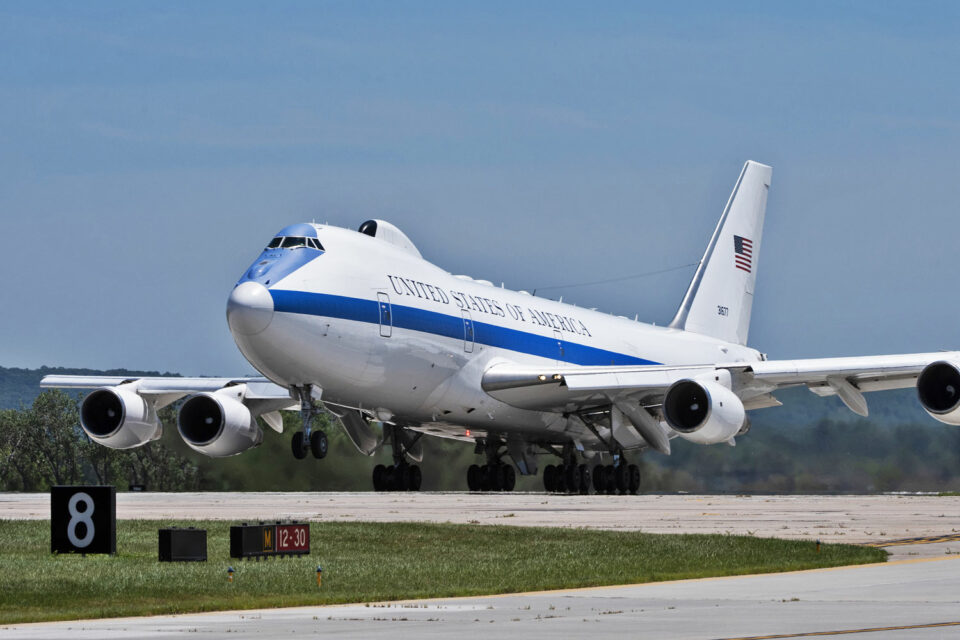
Survivability: The E-4B is designed to operate in a high-threat environment and is equipped with various defensive systems to protect it from potential threats, including electronic warfare measures and countermeasures against missile attacks.
Crew and Facilities: The E-4B has a crew of military personnel, including pilots, navigators, and mission specialists, who are trained to operate the aircraft and manage its command and control functions. The interior of the aircraft features conference rooms, workstations, and secure communication facilities to support its mission.
Rarely Deployed: While the E-4B is maintained in a constant state of readiness, it is rarely deployed and is considered a last-resort option for use in extreme circumstances. It is often kept on standby at various military bases, ready to take off at short notice if needed.
Distinctive Appearance: The E-4B is recognizable by its distinctive “hump” on the upper deck, which houses the aircraft’s advanced communication equipment and provides additional interior space for mission operations.


